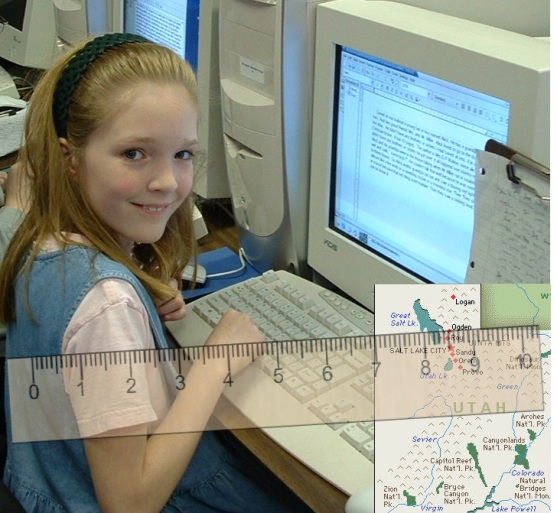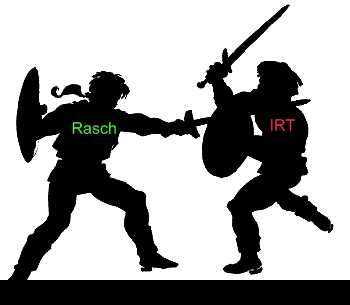
Photographs of people in activity is a promising newer area for development of business-relevant assessments that has been in use for years in healthcare. Originally developed in the Netherlands to help patients suffering from fear of pain when moving the body (kinesiophobia), the University of Maastricht’s website has details on citations and free compressed (zipped file) short version of the main test.
Clearly, this same approach could be used to develop more engaging employee and organizational assessments that may be difficult to fake, have better face validity, and more workplace fidelity than other types of items. Further, with cheap and even free video sites, video items could also play a bigger role in future assessments.
Consider these possible fruitful examples.
a) Vocational Interest Assessment
Vocational interest tests help people identify career paths for which their interests, values, and aptitudes are particularly suited. But most all are purely text-based. What if each career alternative had photographs of the tasks in each job or job family, with video vignettes of major tasks? Perhaps this could be a fun way to assess what activities and careers would ultimately help the person realize their goals. Take another look at the picture at the top of this article. It’s an actual picture from PHODA’s assessment, but couldn’t it represent the task of lifting articles out of a trunk for the job of a taxicab driver?
b) Employee Selection
Cognitive and knowledge-based tests are often used to select new employees, but not nearly as often or instead of the ubiquitous job interview. What if good instruments could be developed, perhaps with a combination of item types, to include pictures? People could rate pictures like this one on the degree to which it looks similar to their desk – would you expect highly conscientious people to endorse this picture?


c) Culture & Climate
Static pictures may be difficult to identify that reflect various organizational cultural differences, but videos could certainly be used to assess these.
Limitations
As optimistic as I am about the potential for picture-based items to take a larger role in organizational assessment, I recognize there are also downsides. First, while digital cameras are cheap, actors may not be. If you can find existing workplaces where you can take these pictures, it may help you avoid hiring actors for static pictures, but perhaps not for videos that could really suffer with amateur actors.
Second, one New Zeland user of the PHODA complains that if the photographs are context-specific, they can loose value in other contexts. I remember once when I worked for AT&T Microelectronics, we hired Wally Borman to redo his 1970’s era rater training videos because while the content was good, the actors wore sideburns, bell-bottoms and leisure suits. This was never going to be very persuasive as “cutting edge” to managers in a bleeding-edge semiconductor factory (computer chips).
Do you see the same potential for photograph-based items as The Scientific Leader?











